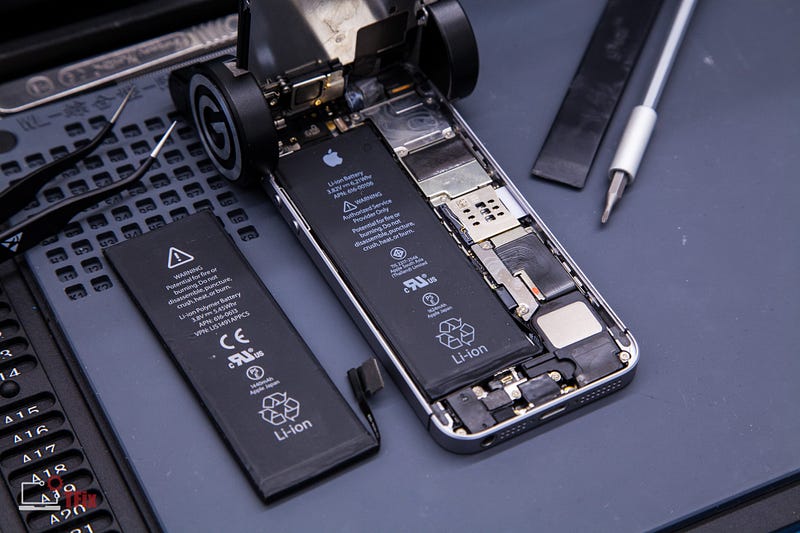Revolutionary Self-Charging Nano-Diamond Batteries: A 90-Year Power Source?
Written on
The Promise of Long-Lasting Batteries
Current batteries often need recharging within days, but what if we had batteries that could last for decades? A recent article on newatlas.com titled "Nano-diamond self-charging batteries could disrupt energy as we know it" caught my attention and piqued my curiosity.
The Background Behind the Innovation
In 2016, a team of researchers from the University of Bristol began exploring the potential of radioactive waste graphite. They managed to compress this material into tiny diamonds that could generate a small amount of energy. While this energy output wasn’t enough to power a smartphone, it was a notable start. Graphite is commonly utilized in reactors to manage heat flow, and upon decommissioning or refueling, the excess graphite, which is rich in carbon-14, becomes highly radioactive. At that time, the UK had around 95,000 tons of this material, raising environmental and safety concerns for generations.
According to a 2017 article from Snopes, the idea of converting radioactive graphite into energy-producing diamonds has been discussed since at least 1973. The concept involves encasing these nano-diamonds within another layer of diamond to create a “betavoltaic” diamond, which could then generate electricity.
Enter NDB
A California-based company called NDB (short for Nano-Diamond Battery) claims to have refined this process. They assert that their radioactive nano-diamonds can produce enough energy to be commercially viable. Their method involves using carbon-14-rich graphite, which undergoes beta decay, releasing energy in the form of particles. NDB purifies this graphite to form tiny diamonds, which act as both a semiconductor and a heat sink, efficiently collecting and transporting charge. The radioactive carbon-14 diamond is fully enclosed within a layer of non-radioactive, lab-created carbon-12 diamond, preventing radiation leaks and providing a sturdy, tamper-proof barrier.
Concerns and Costs
Many might think that creating a radioactive diamond and encapsulating it in another diamond would be prohibitively expensive. Estimates on platforms like Quora and Reddit suggest a cost of around $2300 per carat, leading to questions about additional expenses related to radiation safety. However, NDB's Chief Strategy Officer mentioned that while their production costs are higher than those for lithium-ion batteries, their product is self-charging. He elaborated:
“Imagine your iPhone. With a battery of the same size, you’d be able to charge it from zero to full five times an hour. Visualize a future where charging your device is no longer necessary—daily, weekly, or even for decades. That’s the potential of our technology.”

Sustainability and Future Applications
NDB claims that their technology could potentially power electric vehicles for up to 90 years. Just think about that: a battery that doesn't require recharging for nearly a lifetime, possibly at a price comparable to current electric vehicle batteries. There are even suggestions that it could be adapted for use in aircraft.
Evaluating the Credibility
As someone who tends to be optimistic, I find it hard to dismiss this development. However, skepticism is warranted. The cold fusion debacle of 1989, where scientists Pons and Fleischmann claimed to achieve room-temperature fusion, serves as a cautionary tale. Despite the excitement, that claim ultimately collapsed under scrutiny, reminding us that extraordinary claims require rigorous validation.
Regarding NDB, it appears that while the concept is intriguing, the practicality of mass production remains uncertain. Recent reports indicate that NDB has successfully completed two Proofs of Concept tests at prestigious institutions, achieving a notable 40% charge efficiency, significantly surpassing the 15% efficiency of standard diamonds. They’ve also secured initial contracts with key players in the nuclear and aerospace sectors, with plans for a commercial prototype expected later this year.
Conclusion
So, the future of NDB is uncertain. While we may have encountered similar promises before, if this technology proves viable, we could see the emergence of safe, environmentally-friendly, self-recharging batteries that last for generations, potentially at a competitive price point compared to lithium-ion alternatives.